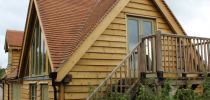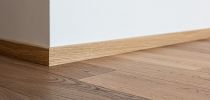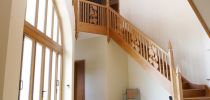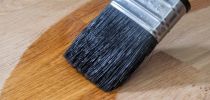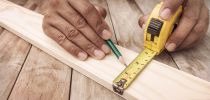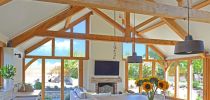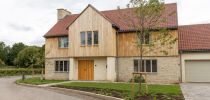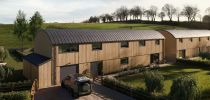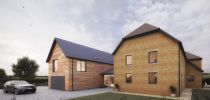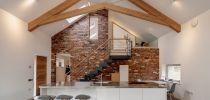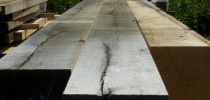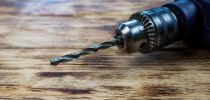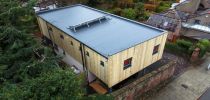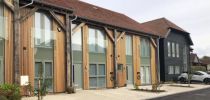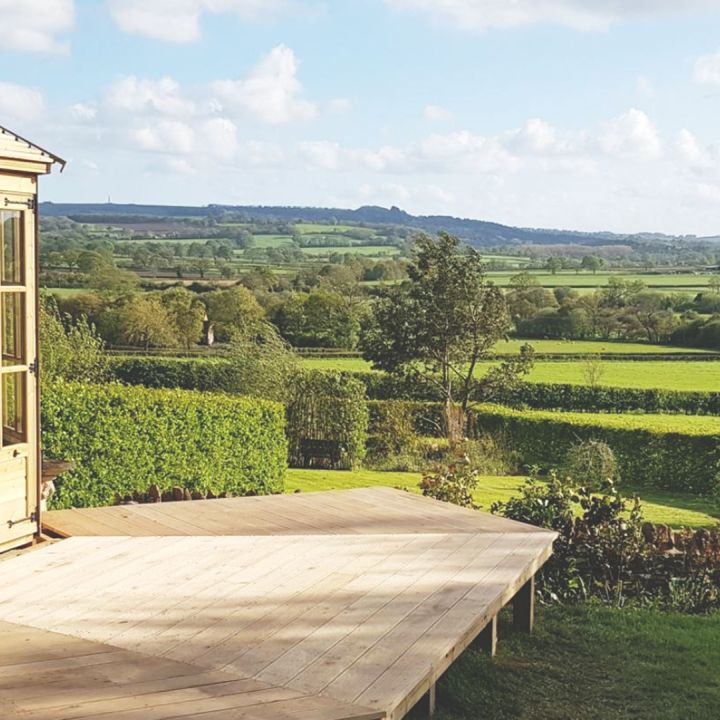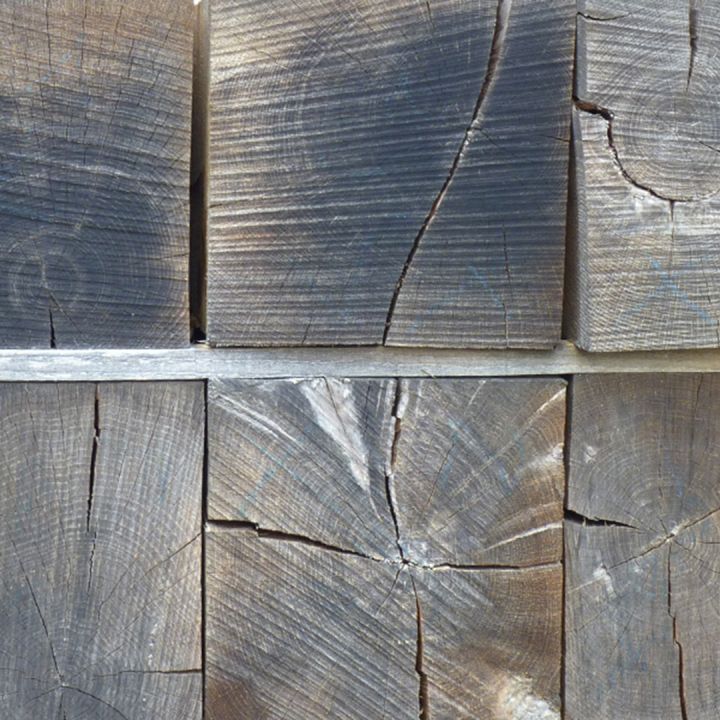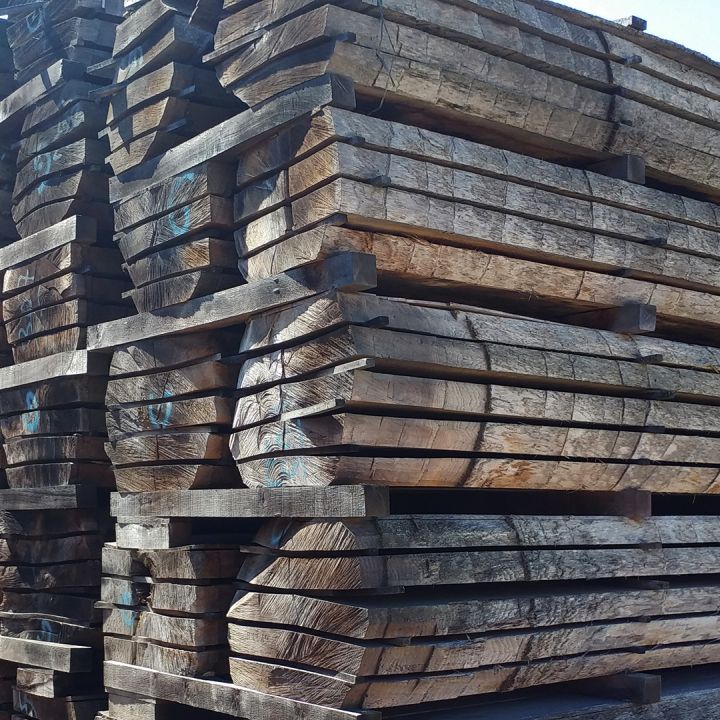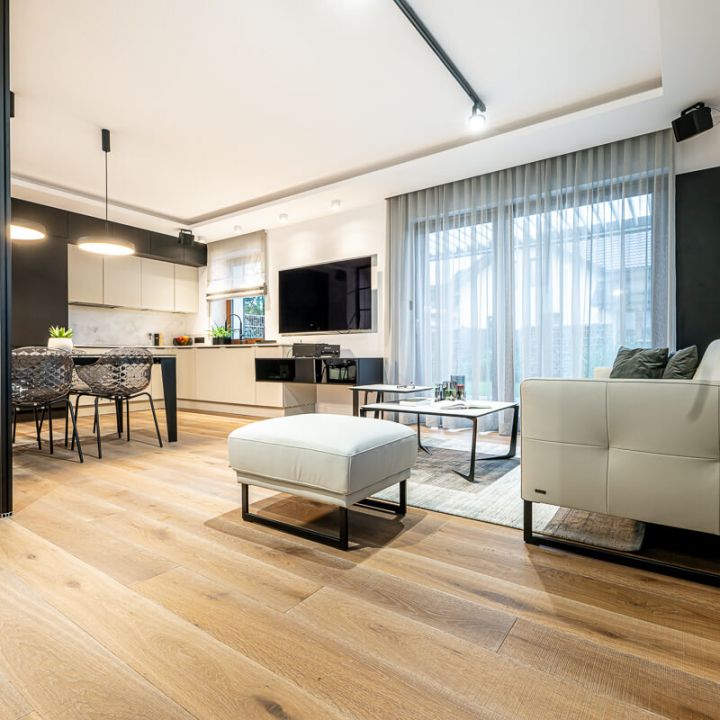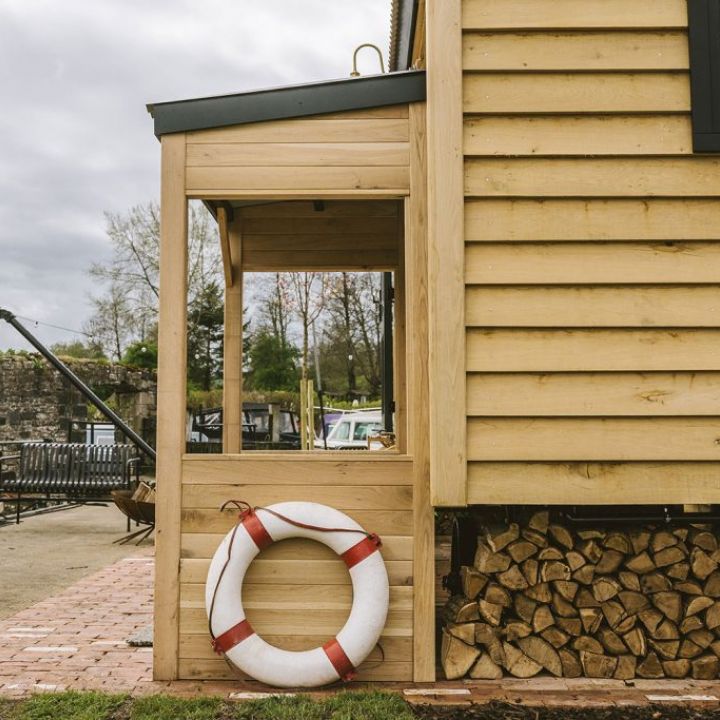
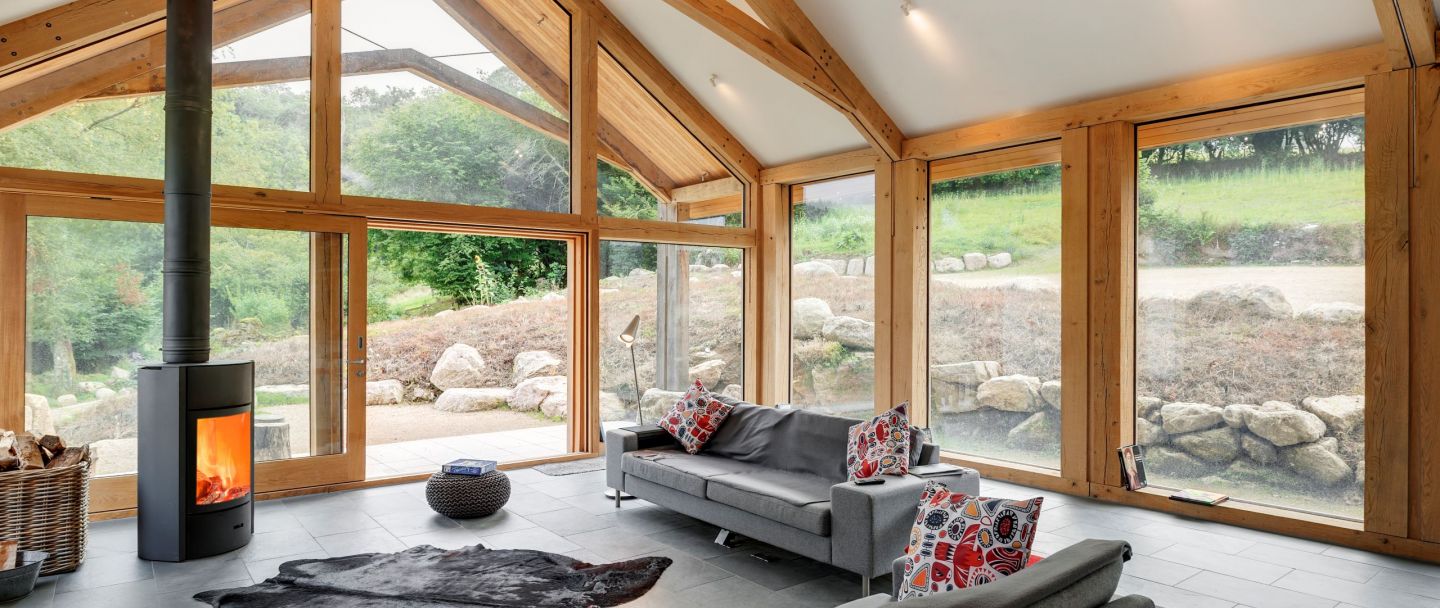
Joinery
Movement in Oak
Learn about movement in oak.
17th April 2023
■ Why does movement occur?
Movement occurs when the humidity level in the local environment becomes imbalanced to the moisture level within the timber itself. If the humidity level is too high, the timber will take in moisture and expand. If it is too low, the timber will dry out further, causing it to shrink or in some cases split.
A number of factors can cause the imbalance in humidity / moisture level, but the most common are:
- The timber used was of the incorrect moisture level to start with
- The finish used was not suitable or applied inadequately or too late
- The timber is subject to very varied weather conditions
The last one is obviously unavoidable but the effects can be minimised by addressing the first two correctly. Here's how...
■ What you can (& must!) do.
1. Make sure you are fully aware of the application
Too often something is overlooked early on. Find out everything you can - where is the property situated, which elevations get the sun & rain, how is it going to be heated & used? If you are fitting out a house with external joinery, make a note of which joinery items are going to be most exposed to changing temperatures.
2. Make the client aware
Now you've got your head round it, you must make sure the client has too. This may feel like a bit of a negative conversation to have when you are trying to win their business, but your consideration & professionalism that will come across by doing this is very likely to win their confidence in what you can offer.
Advise them of:
- The properties of the timber itself
- The effects changing weather & seasons can have
- The areas / items you have identified as most at risk
- How you plan to address these
- The importance of correct fixing & finishing, especially if someone else is handling this
- The ongoing maintenance of the finish
3. Specify & use the right timber
Many times this is obvious: if it's completely internal then you'll need Kiln Dried, if it's totally external then you must use Air Dried. But it's not always that obvious - what about a south facing front door in a well heated home? You may be best to opt for a KD frame and AD boards.
Read more about this in our post: Air Dried or Kiln Dried - which should I use?
4. Build tolerances in
We're not trying to teach you to suck eggs, but this is an important one too!
There will always be the likelihood of some seasonal movement so work out where you can build in some tolerance for this without compromising the integrity of the joints or structure in any way.
5. Use a recognised finish and apply it properly
Select a well recognised finish and make sure it is applied well to all timber faces, before installation - leaving it until after the install not only risks a period of exposure with the timber untreated, but also means that the wall facing sides will not be sealed.
Here's a couple of finishes we recommend though we must make it clear that no finish will maintain it's protection without regular maintenance as the manufacturer stipulates.
- External Osmo UV Protection Oil / Owatrol Deks Olje D1
- Internal Osmo Polyx Oil
If you do have to leave the finishing to the client / 3rd party, make it very clear that it must be fully applied before the joinery is exposed to the elements, and convey the importance of regular maintenance.
6. Make sure it's fitted correctly
We're not fitters, but we've seen a fair bit. You can get everything else right but if it's poorly fitted you can still have problems. Just a few tips:
- Make sure you're using the right fixings for the job - long enough, strong enough and stainless steel if exposed to any moisture (otherwise you'll get that inky effect)
- Work out the critical anchor points to hold it firm; then
- Build in tolerance for movement where you can. Any parts you can allow to move without it being noticed, are worth it. This can save joinery from pulling itself apart if it was to dry out excessively.
7. Be proactive: Follow up the client
Many people shy away from asking the client if they are pleased with the final outcome, for fear of drawing complaints they don't want to have to address. But a timely call a couple of weeks after install/completion goes a long way to reassure the customer they have made the right choice, gives you advance warning of any possible issues they may have noticed and also provides a good chance for you to check the finish has been applied correctly and remind them of the importance of maintenance.
A problem caught early is a lot easier to address, plus the fact you have made the call will build a lot of trust (and therefore patience) should anything go awry later on.
You're likely on your way to a satisfied, repeat customer!
8. Relax, you've done a great job!
If you follow through all of these steps you can rest assured you have done all you can to avoid a problem with movement and more importantly, it's very unlikely anything will occur.
We hope you've found this helpful; if you'd like to discuss a project/specific application then get in touch with our customer support team here.
Note: This article is by no means comprehensive, why not send your views and experiences to feedback@hewinsoak.com and we'll consider them for updating this post.


